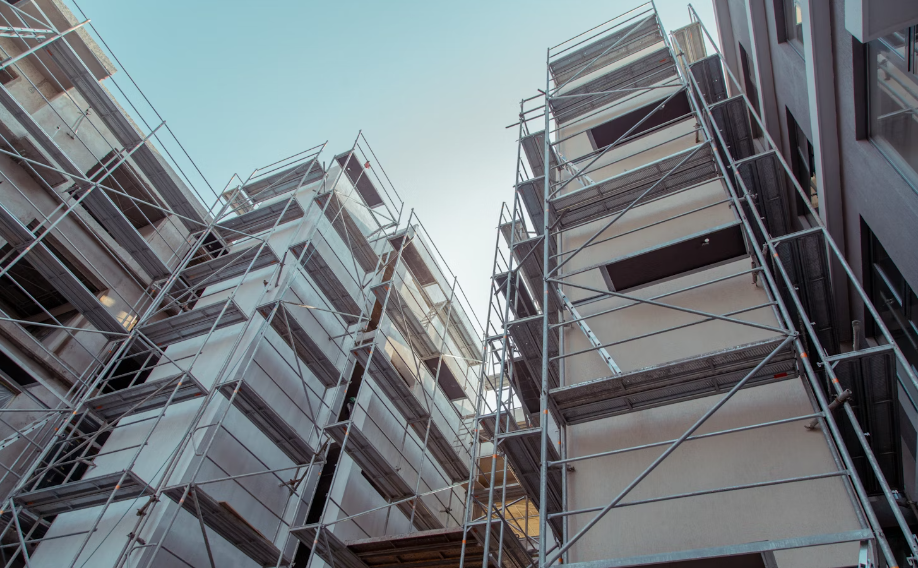The realm of modern construction is witnessing a revolution, largely propelled by advancements in scaffolding technology. This article explores how modern scaffolding is transforming the construction industry, focusing on its impacts on building design, worker safety, and project efficiency.
The Evolution of Scaffolding in Modern Construction
Scaffolding has always been a fundamental aspect of building structures. However, its role and significance have expanded dramatically in modern times. With the advent of innovative materials and design approaches, scaffolding has evolved from a mere support mechanism into a critical component of contemporary construction projects.
Material Innovations: Beyond Steel and Wood
One of the most significant changes in scaffolding is the shift in materials used. While steel and wood are still common, new materials like lightweight aluminum and robust composites are becoming increasingly popular. These materials offer easier assembly and disassembly, reducing labor costs and enhancing on-site efficiency. This shift not only impacts the speed of construction but also plays a vital role in worker safety by reducing the likelihood of accidents associated with heavy, cumbersome structures.
Design Advancements: Modular and Customisable Systems
Modern scaffolding systems are no longer one-size-fits-all solutions. The introduction of modular scaffolding allows for a more customised approach, tailored to fit the unique requirements of each construction project. This adaptability is crucial for projects with complex designs, such as buildings with unusual shapes or those requiring intricate work on façades.
Improving Safety Standards in Construction
Safety is a paramount concern in construction, and modern scaffolding systems have been at the forefront of enhancing safety standards. Features such as integrated guardrails, anti-slip platforms, and improved load-bearing capabilities make modern scaffolds safer for workers. This focus on safety is not just about complying with regulations; it’s about fostering a culture of safety that permeates every aspect of a construction project.
Enhancing Efficiency and Reducing Environmental Impact
Efficient scaffolding systems can significantly reduce the overall timeline of construction projects. Quicker assembly and disassembly mean less time spent on scaffolding-related tasks, allowing workers to focus more on the actual construction work. Additionally, the use of sustainable materials in modern scaffolding contributes to reducing the environmental footprint of construction projects.
The Future of Scaffolding in Construction
Looking forward, the integration of technology into scaffolding systems holds great promise. Innovations like 3D printing, smart monitoring systems, and AI-driven design are set to further revolutionise scaffolding in construction. These technologies could lead to even more efficient, safe, and environmentally friendly scaffolding solutions.
Global Perspectives: Scaffolding in Various Construction Environments
A global survey of scaffolding use reveals diverse applications and adaptations to various construction environments. In densely populated cities, for instance, scaffolding must accommodate tight spaces and high-rise constructions, while in areas prone to natural disasters, scaffolding needs to withstand harsh weather conditions.
Conclusion
Modern scaffolding is much more than a temporary support structure; it is a fundamental component that is shaping the future of construction. With its evolving designs, improved safety standards, and technological innovations, scaffolding is not only enhancing the efficiency and safety of construction projects but also playing a key role in realising ambitious architectural visions. The future of construction is indeed bright, with scaffolding at its core, driving progress and innovation.
